South, East, and Southeast Asia (300 BCE to 1980)
Jacques Paye

-
c. 221–209 B.C.E.
-
mausoleum of the first Qin emperor of China, Shaanxi province
-
Qin Dynasty China
-
Painted terra cotta
Terra cotta warriors




Cultural Context: Qin China
Content: Underground citadel, more than 8000 soldiers
Formal Aspects: Each soldier seems to have different facial features, canon of proportions
Function: Guard tomb of emperor
Terra cotta warriors
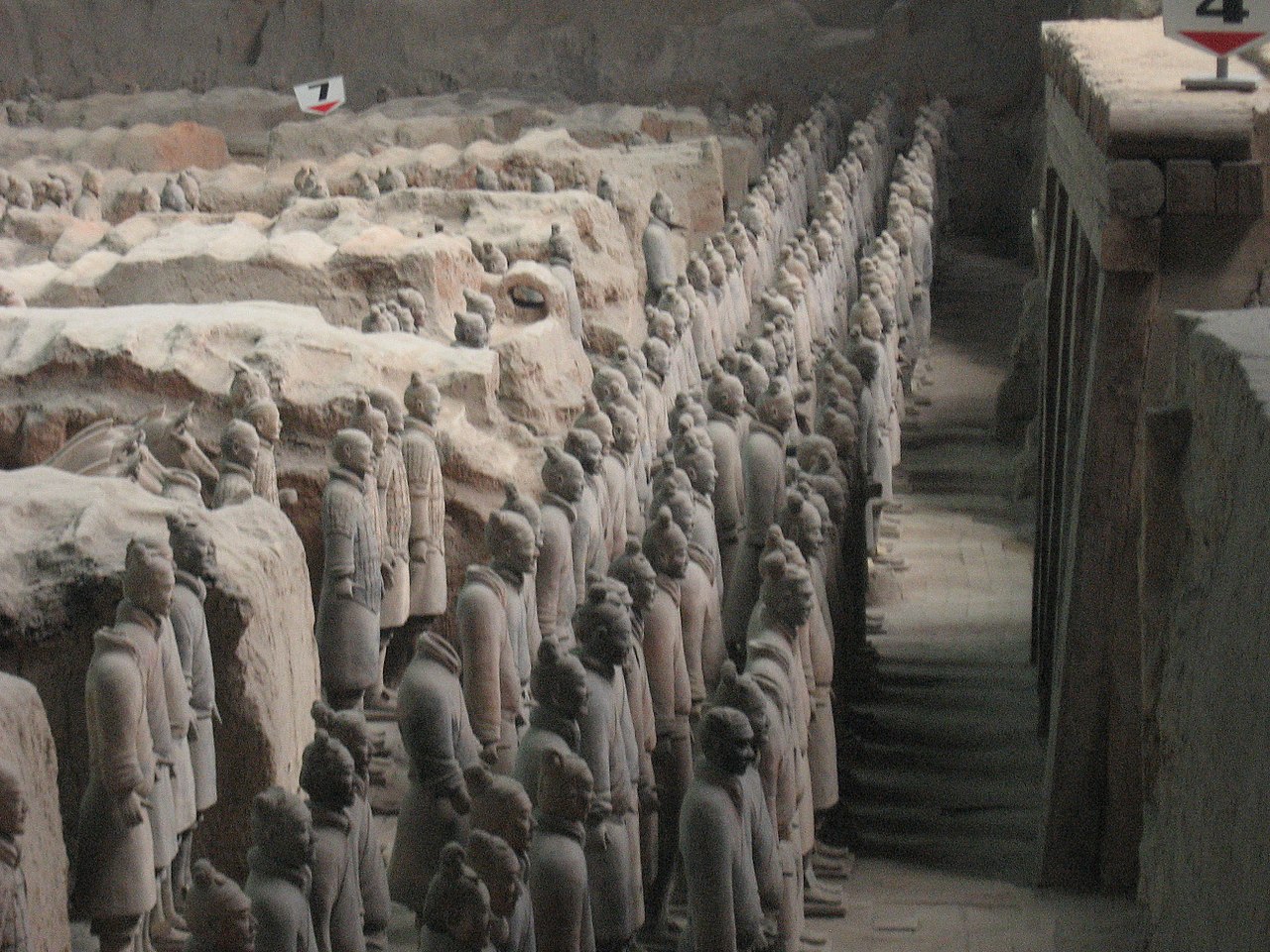
Terra cotta warriors

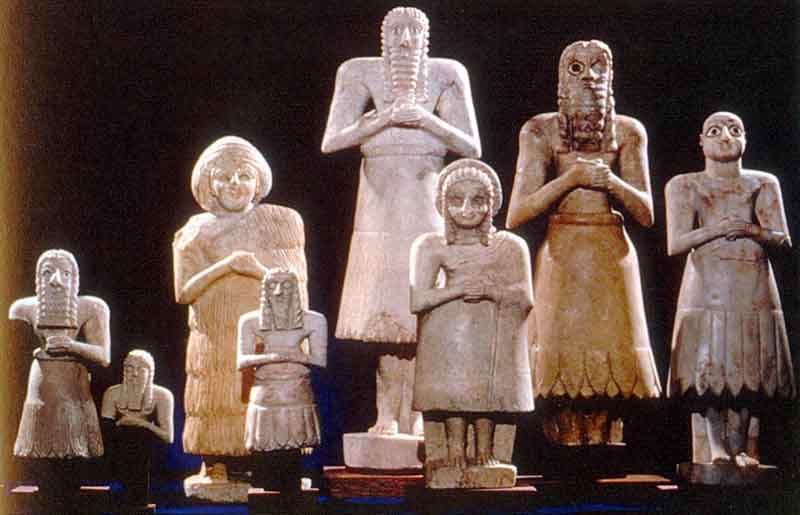

-
Date: c. 180 B.C.E.
-
Changsha, China
-
Han Dynasty
-
Painted silk.
Funeral banner of Lady Dai (Xin Zhui).


Cultural Context: Tomb of Lady Dai
Content: painted silk banner over six feet long
Formal Aspects: 90 ft. high, covered in stucco. Grand staircases
Function: Horizontal registers, earliest-known portrait in China, gates to afterlife
Funeral banner of Lady Dai (Xin Zhui).


Funeral banner of Lady Dai (Xin Zhui).


Hide painting of Sun Dance
-
493–1127 C.E
-
Modern-day Henan Province, China
-
Buddhist China
-
Carved stone
Longmen caves.

Cultural Context: Buddhist China
Content: 100,000 statues within over 2300 caves
Formal Aspects: Statues may have been painted before. various sculptural styles
Function: Demonstrate faith of various rulers over the years
Longmen caves.


Longmen caves.
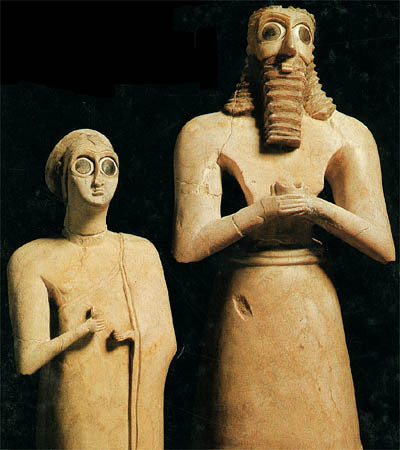

Borobudur Temple
Date: c. 750–842 C.E.
Geography: Central Java, Indonesia.
Culture: . Sailendra Dynasty.
Medium: Volcanic-stone masonry.

Borobudur Temple
Cultural Context: Buddhist Java
Content: Three-dimensional mandala shape
Formal Aspects: Created to emulate walking a path
Function: Buddhist worship



Borobudur Temple
Chavin de Huantar,
Temple of Amun Re


-
c. 1000 C.E.
-
China
-
Fan Kuan (artist)
-
Ink on silk.
Travelers among Mountains and Streams

Cultural Context: Northern Song Dynasty
Content: 7-foot hanging scroll, shows universal creation
Formal Aspects: Example of Chinese landscape painting
Function: Decorative
Travelers among Mountains and Streams.


Travelers among Mountains and Streams.
%20(Detay)%203,%201503-1506.jpg)
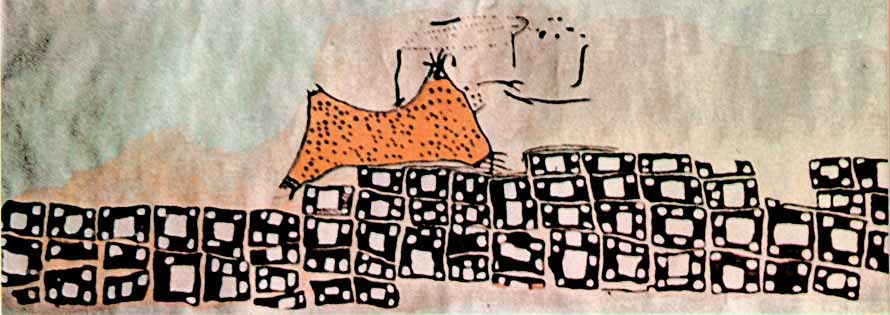
Catal Huyuk and detail from Mona Lisa
-
1351 C.E.
-
China
-
White porcelain with cobalt-blue underglaze.
-
Yuan Dynasty
The David Vases

The David Vases
Cultural Context: Presented to Daoist temple
Content: Two large vases, elephant handles
Formal Aspects: Iconic example of white/blue porcelain style
Function: Altar of Daoist temple

The David Vases
Niobides Krater
Black-on-Black ceramic vessel


-
c. 15th century C.E.
-
Korea
-
Imperial Bureau of Painting.
-
Hanging scroll (ink and color on silk).
Portrait of Sin Sukju

Portrait of Sin Sukju
Cultural Context: Korean kingdom
Content: Sin Sukju sitting on chair
Formal Aspects: Careful attention to facial features, wrinkles of robe
Function: Depict successful civil servant

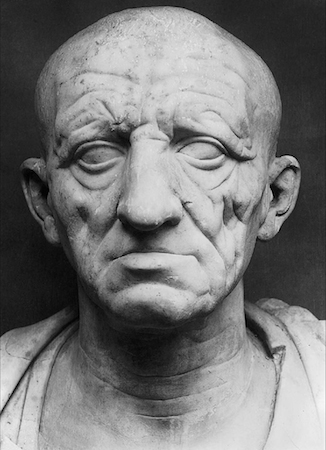
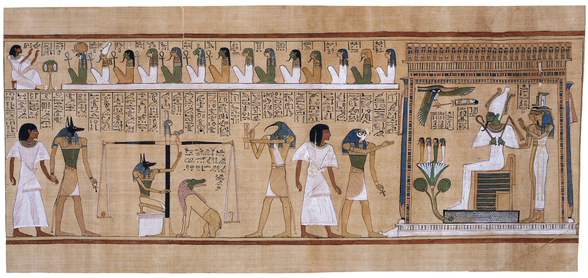
-
15th century C.E. and later.
-
Beijing, China. Ming Dynasty.
-
Stone masonry, marble, brick, wood, and ceramic tile.
Forbidden City

Forbidden City
Cultural Context: Resulted from a coup
Content: Large palace, includes temples and living quarters
Formal Aspects: Divided into two areas, hierarchical construction
Function: Political/religious center




-
Fifth to sixth century C.E.
- Korea.
-
Three Kingdoms Period, Silla Kingdom,
-
Metalwork.
Gold and jade crown

Gold and jade crown.
Cultural Context: 3 rivaling kingdoms
Content: Crown made of gold and jade
Formal Aspects: Axis mundi representation, branches
Function: Rituals/burial

Bundu Mask

Crown of Egypt
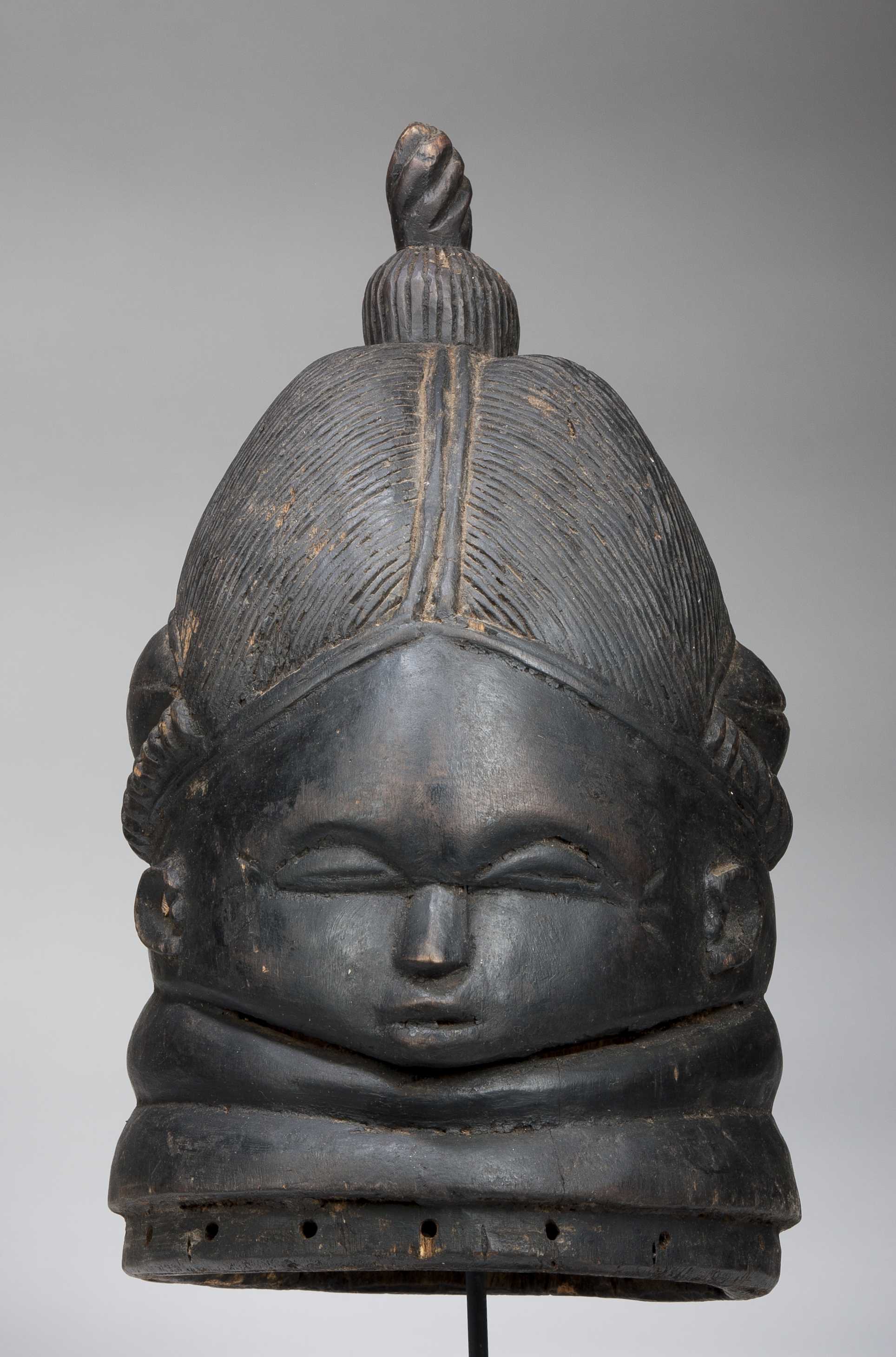
-
1450–1540 C.E.
-
based on an oil painting by Liu Chunhua.
-
c. 1969 C.E.
-
Color lithograph.
Chairman Mao en Route to Anyuan.

Chairman Mao en Route to Anyuan.
Cultural Context: Cultural Revolution, Great Leap Forward
Content: Mao en route to Anyuan
Formal Aspects: Nature/Technology, superhuman, idealized, darker color scheme
Function: Party propaganda

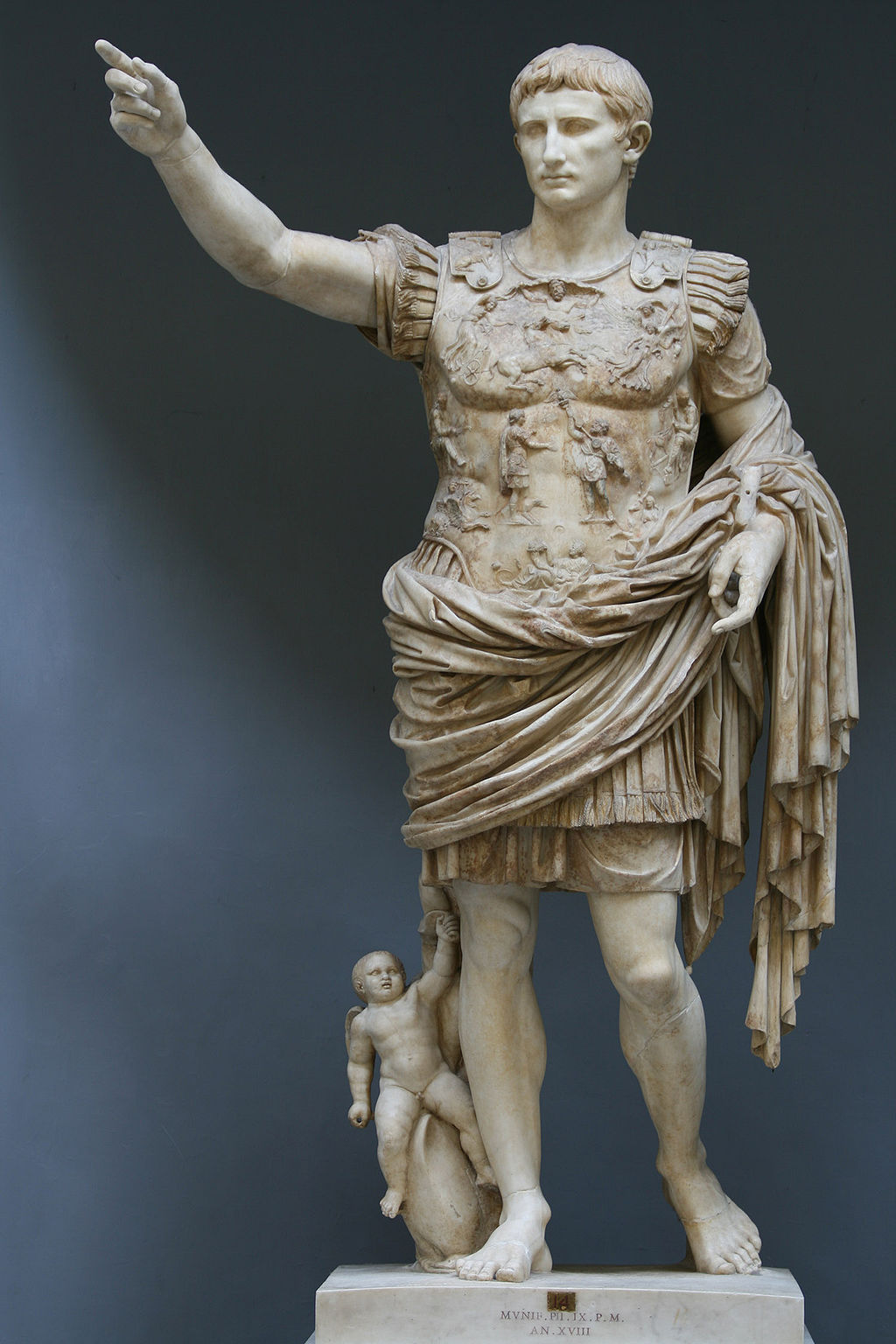

Augustus of Prima Porta/Equestrian Statue of Marcus Aurelius
Sources:
-
http://whc.unesco.org/en/list/439
-
http://www.britishmuseum.org/research/collection_online/collection_object_details.aspx?objectId=3181344&partId=1
-
https://www.khanacademy.org/humanities/global-culture/identity-body/identity-body-europe/a/liu-chunhua-chairman-mao
-
https://www.khanacademy.org/humanities/art-asia/imperial-china/ming-dynasty/a/forbidden-city
-
https://www.learner.org/courses/globalart/work/47/index.html